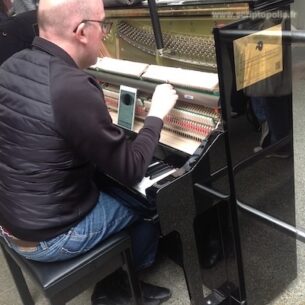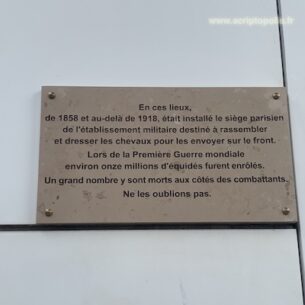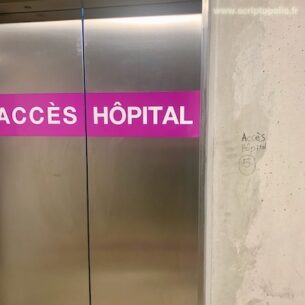Reading inside
How can we investigate an organism? How can we look inside a material object? According to situations and technical innovations, several technologies of vision are at one’s disposal to conduct such inquiries. The use of corporal sensations and of abilities to elaborate a series of clues has remained the main way to produce an interpretation for a long time. The possibility to ‘read’ inside the body of an organism relies on these infinitesimal traces that allow one to access to the secrets of an underlying reality. Here is the main dimension of the ‘indicial paradigm’ suggested by C. Ginsburg: a good interpretation often mobilizes details, insignificant in appearance; it resulted in some particular know-how and skills that form such an art of interpreting by manipulating.
The introduction of new technologies might support this way of knowing that emphasizes sensible experience, but it seeks to install more rational views in most cases. Skills and know-how are formalized according to standardized procedures as much as possible and workers are dispossessed from their specific knowledge. Humans are replaced by non-humans, namely machines or technical devices, that profoundly transform the nature of their tasks. No more conceived as the main productive origin of a piece of work, their contribution is reduced to a supervision activity entirely reshaped toward detecting breakdowns.
Yet, there is no univocal pattern. The introduction of electronics and diagnosis devices in the automobiles repair offers another view. The act of ‘reading’ inside a car is of course transformed: workers have to plug the device in order to identify the causes of a breakdown. They also have to learn new codes and to articulate the ones inscribed on this small screen to the different parts of the material body of a particular car. The sequence of actions and the division of tasks is somewhat modified. But it does not mean that repair workers lose their sound knowledge for all that. They still have to know brand names and the specific failures of each factory model. And, above all, their skills and know-how remain crucial to perform appropriate manipulations. Here, the non-human diagnosis device is a partner in the division of the interpretative work, not a direct competitor for the accomplishment of the job. Instead of reducing the role of ‘the’ technology to a single status, its mere presence invites us to investigate the expression of its multiplicities.







